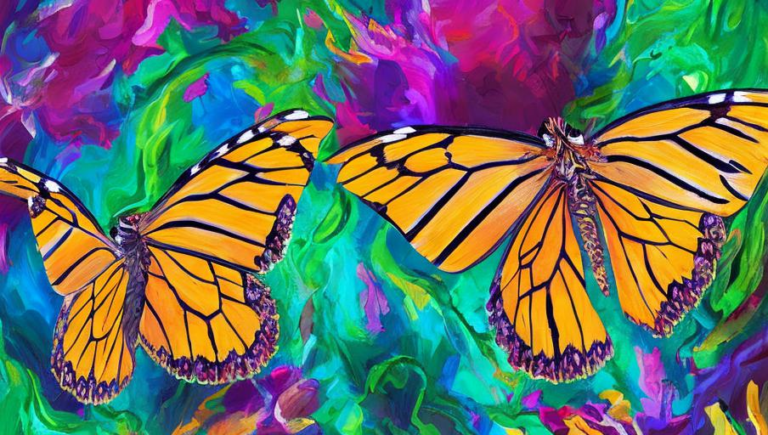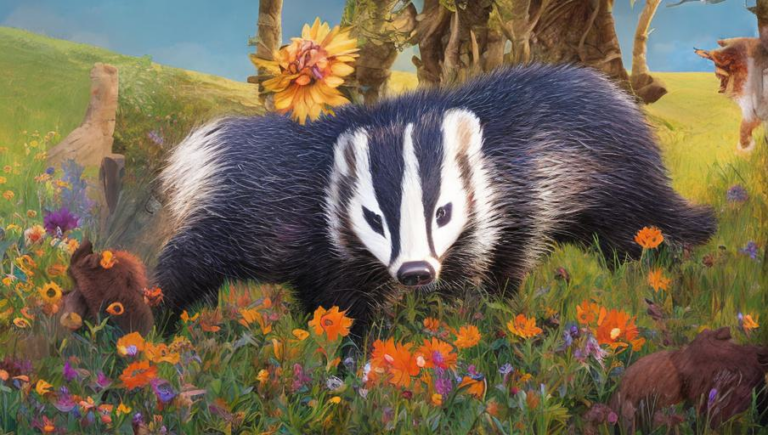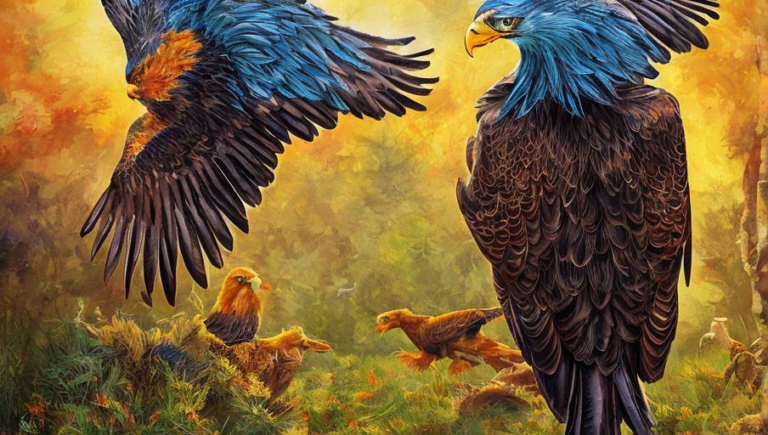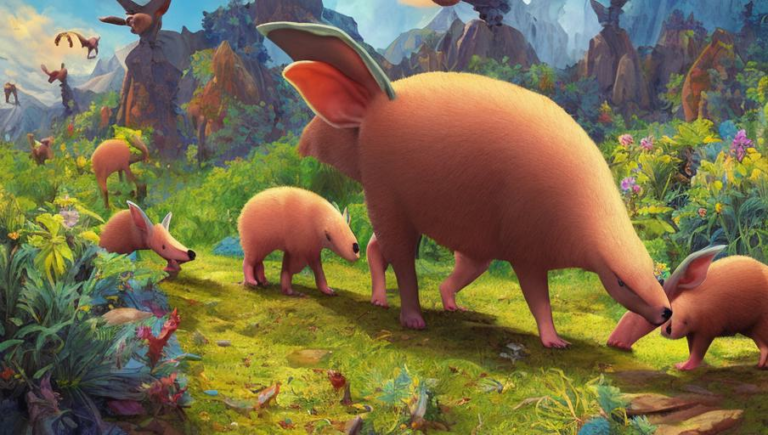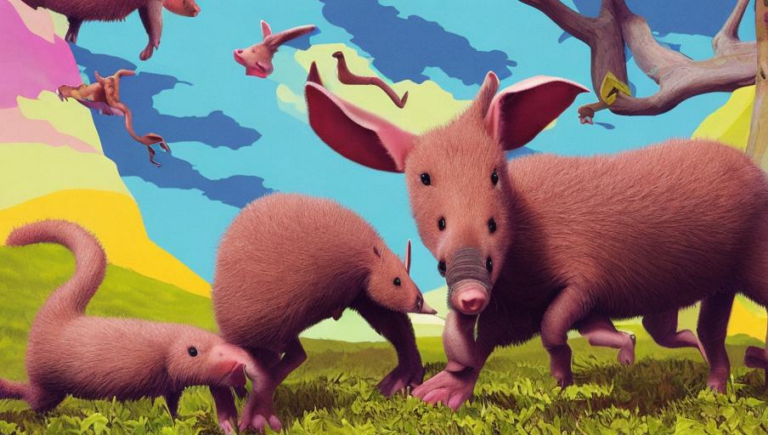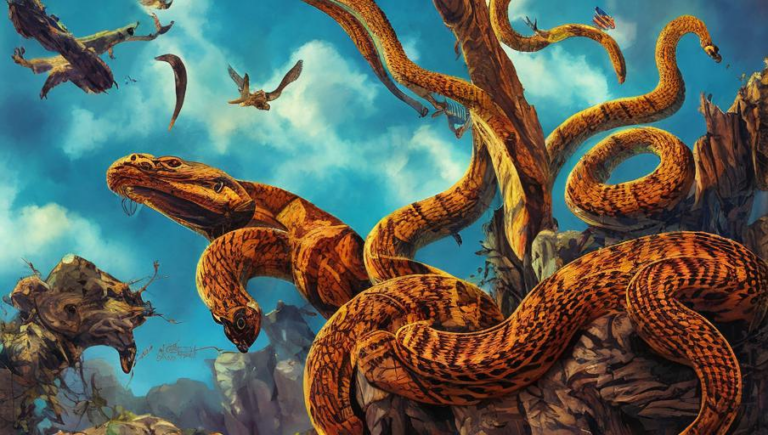Aardvarks and Conservation: How to Help Protect this Species
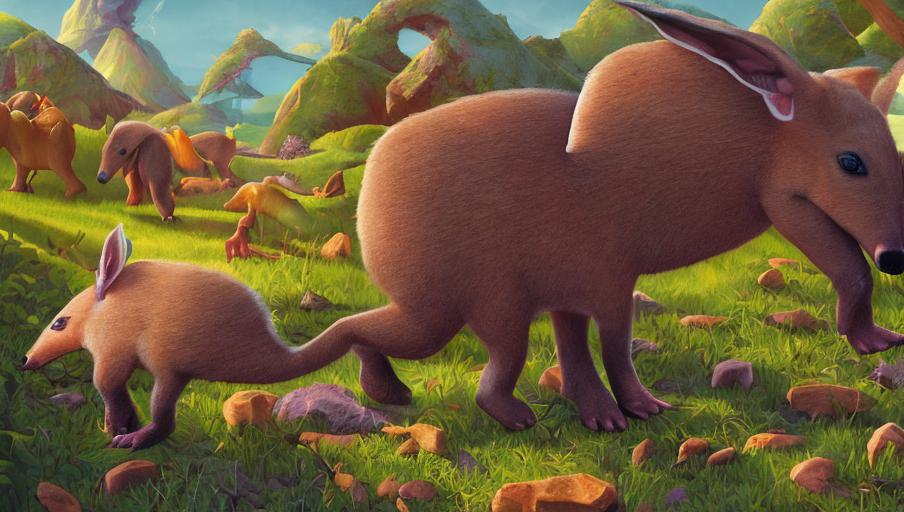
Introduction
The aardvark is a unique and captivating creature found throughout Africa. It is an incredibly important species that plays a vital role in the environment, yet it is under threat due to habitat destruction and other human activities. Conservation efforts are needed to ensure the aardvark’s future, and understanding the species is the first step towards protecting it.
Habitat and Diet
The aardvark is a solitary, nocturnal mammal. It can be found throughout Africa, mainly in savannahs, woodlands, and grasslands. The aardvark is an invertebrate specialist, feeding mainly on ants and termites. It uses its long, sticky tongue to capture its prey, which it then eats whole.
Threats to Aardvarks
Aardvarks face a variety of threats due to human activities. The destruction of their natural habitat is one of the biggest dangers, as it reduces the amount of food and shelter available to them. In addition, the aardvark is hunted for its meat and for the use of its hide in traditional medicine. Furthermore, the aardvark is threatened by climate change, as rising temperatures can lead to droughts and other environmental disasters that reduce their food supply.
Conservation Efforts
There are a number of ways to help protect the aardvark. One of the most effective is to support conservation organizations that are dedicated to preserving the species. These organizations work to protect the aardvark’s habitat, as well as to raise awareness about the importance of the species. In addition, individuals can work to reduce their own environmental impact by reducing the amount of waste they produce and by choosing sustainable, eco-friendly products.
Conclusion
The aardvark is a unique and fascinating species that plays an important role in the environment. Unfortunately, it is under threat due to human activities. Conservation efforts are needed to ensure the aardvark’s future, and understanding the species is the first step towards protecting it. By supporting conservation organizations and reducing our own environmental impact, we can help protect this species and its habitat.
